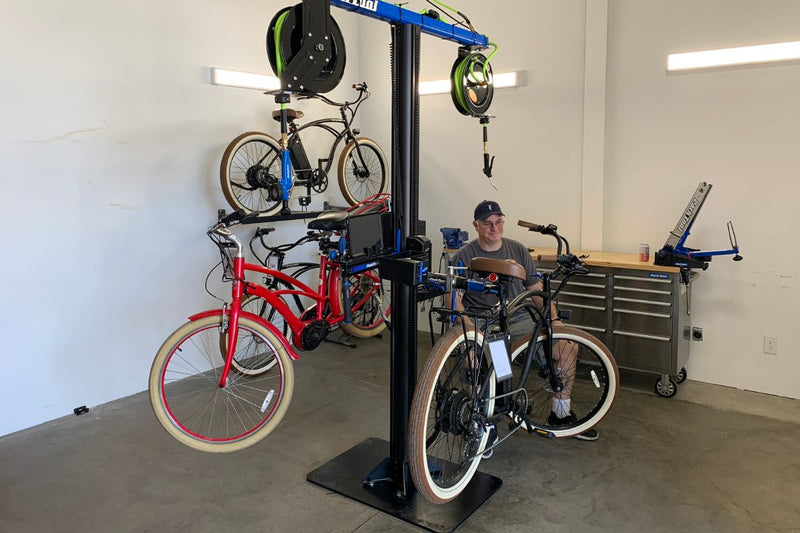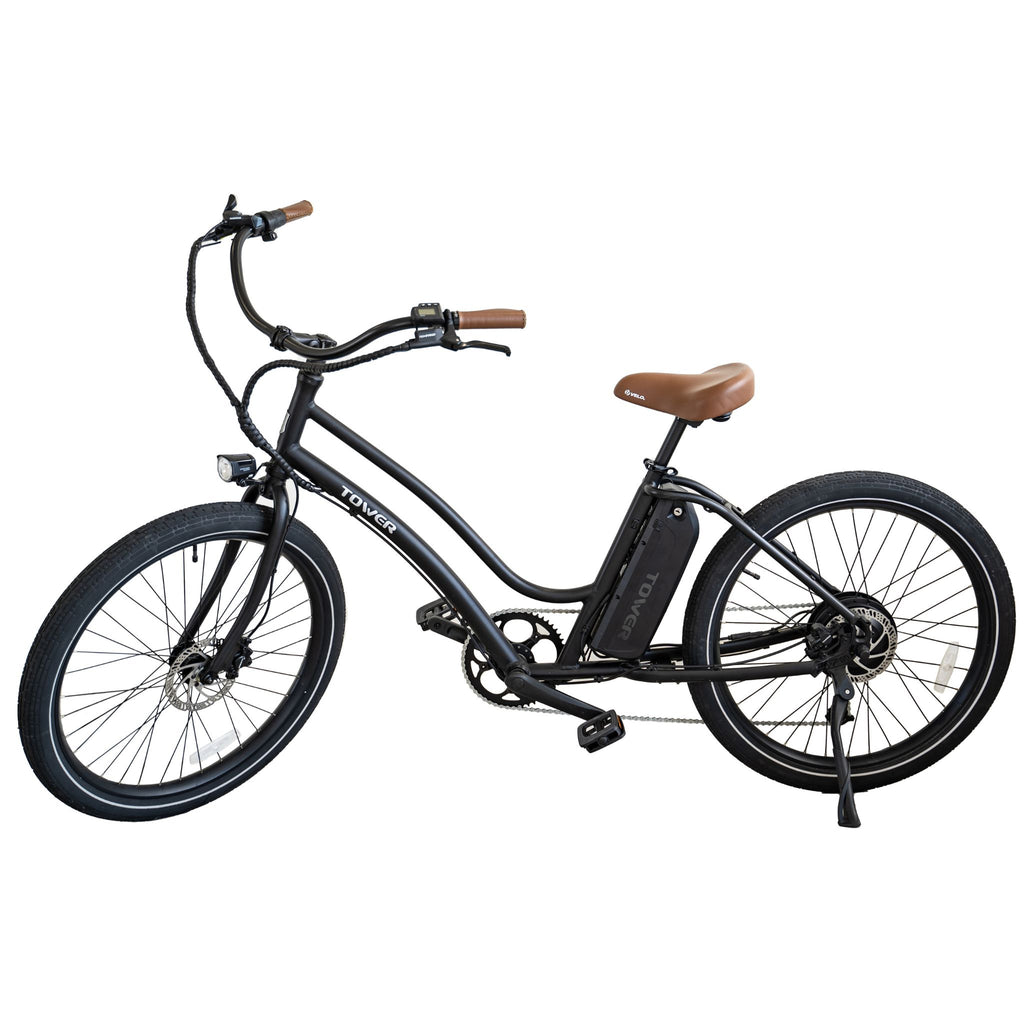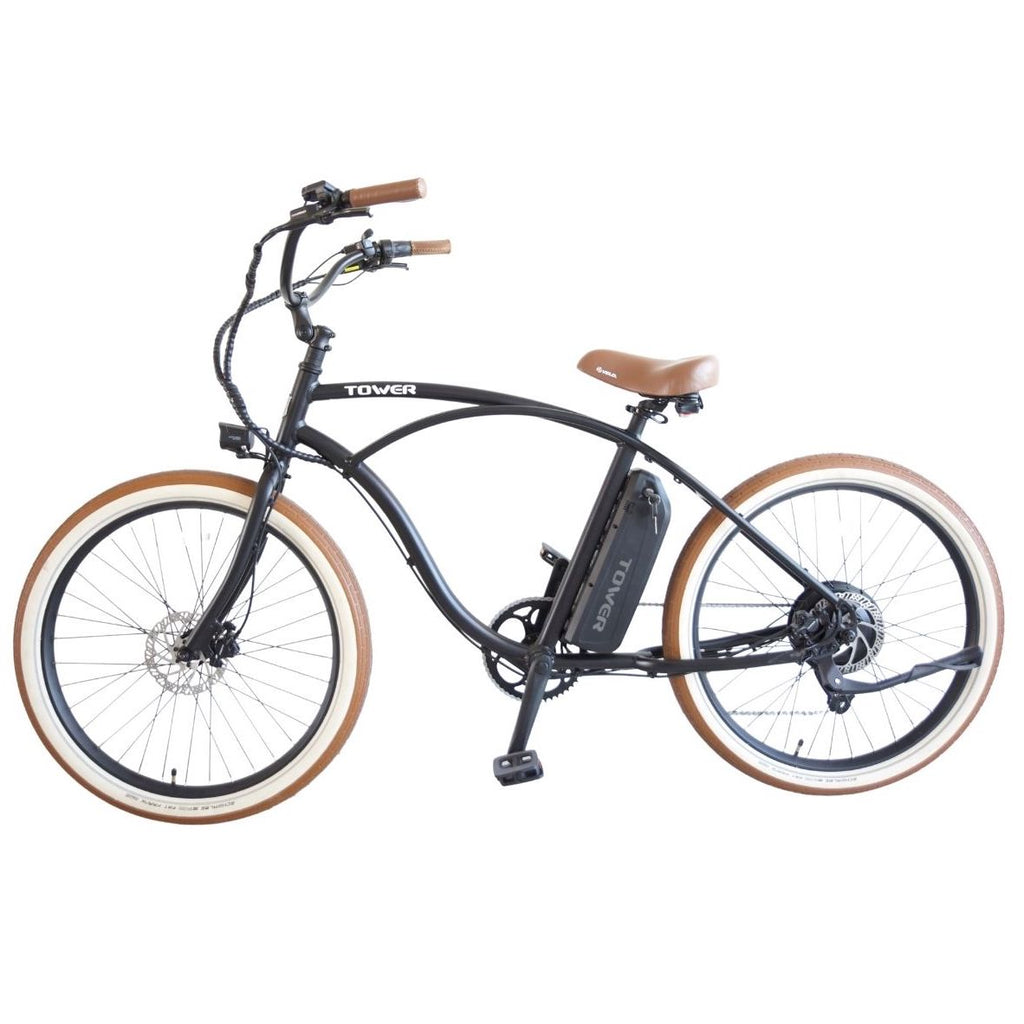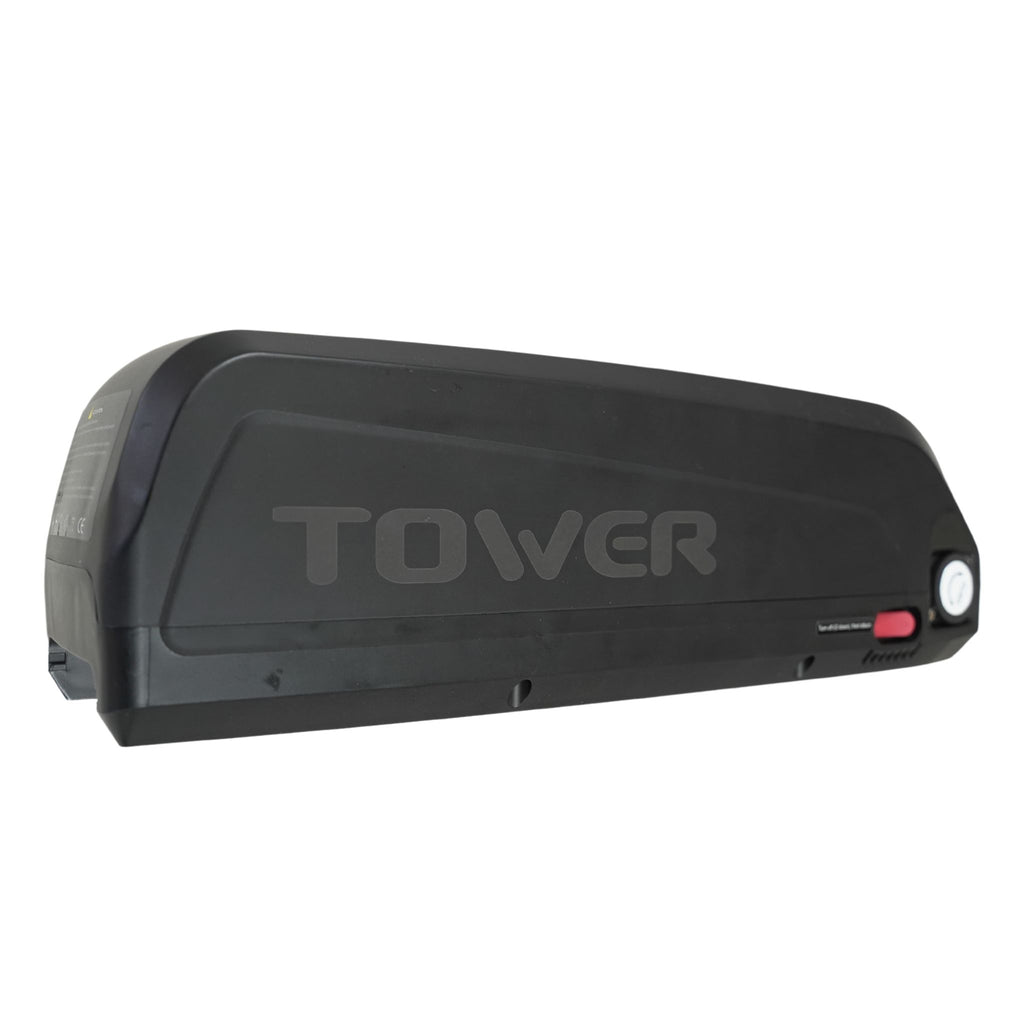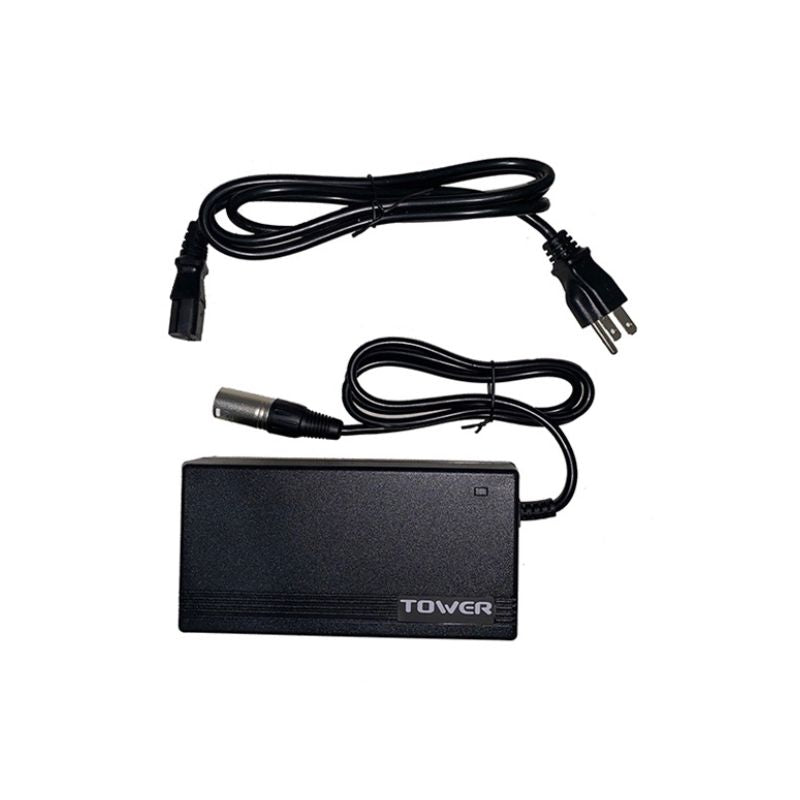We are going to go over some maintenance tips to keep your electric cruiser bike running like new. One of our ebikes best attributes is that it does not really need extra special maintenance aside from the regular tuning and adjusting with mileage. You would basically need the same services as you would on regular bikes with similar parts. With that said, there are some matters on all electric bikes that you will need to you need to check and look out for in order to keep it in top condition. Let's run through the most common maintenance needed on electric bikes.
Brake Pad Maintenance
The first thing we would recommend for our ebike’s maintenance, and all ebikes in general, is ensuring the Tektro brake pads are centered and not worn down. Compared to regular bikes, ebikes travel at much faster speeds and are generally heavier. This will result in the brake pads wearing out much faster. The rear brake pads will tend to wear out faster than the front ones as it supports more weight.
When the brake pads are brand new, they should feel nice, tight, and snappy. As they get worn off, they will have a little more give, delayed grip, and feel kind of spongy. Therefore, it is very important to check and replace them regularly to ensure that you have sufficient brake power. For a detailed analysis on how to adjust the inner brake pads see our video below.
Luckily, our Tower electric bikes come equipped with hydraulic brakes so there is some self adjusting going on with the hydraulic brake fluid on our bikes. The fluid should self center the brake resulting in less squeaking and more reactive braking. This hydraulic fluid does eventually need to be replaced but generally only every 3 to 5 years depending on how often you ride.
Tire Maintenance
The other big thing that may come up for maintenance are flat tires. Encountering flat tires is unfortunately a regular part of riding. On the Beach Bum V2 we made our tires as flat resistant as possible by using high quality materials like the Schwalbe Fat Frank tires, high grade 26 inch bike tubes, and even pre applied tire slime to avoid chaff flats. These materials certainly contribute to having flat less frequently, but even with all the protection in the world, flats are inevitable.
Like with the brake pads, the rear tires are more susceptible to having flats. The rear tires carry more weight pushing down on. Most ebikes have the weight centered in the rear especially with hub driven motors. For info on how to change a flat on your back tire see the video below.
Bike Chain Maintenance
It is important to regularly check the bike chain for debris, mud and corrosion. The spacing between the links on the bike chain will gradually grow over time. We call it the chain stretch and when this happens the chain will not slot well on the sprocket teeth, and it will prematurely wear those teeth down. If this happens and you do not check it regularly, a problem that could have been solved by replacing the chain will become much bigger. It's very important to stay on top of this. This could result in even spending two to three times more if your whole drive train is compromised and needs servicing.
To check that your chain on your electric bike is still in optimal condition, you will need to use a Park Tool chain checker. You will need to hook your rust buster chain on the chain checker and see if it slots properly or not. If the chain is brand new or still in good condition, the acceptable chain stretch should be below 50%. However, if it slots in at 75% stretch, then it is time for you to get your chain replaced.
Hydraulic Brake Bleeding
The final thing that may need maintenance attention on your electric bike is bleeding your hydraulic brakes. Our version 2 best ebikes all come equipped with hydraulic brakes which make brake maintenance way easier compared to mechanical brakes. Read our mechanical vs hydraulic brakes article for more info on brakes and knowledge on mechanical brakes if your ebike has them. Older ebikes use mechanical disc brakes where you constantly have to adjust the cable tension and the inner pad to continue to have tight brakes. However, in a hydraulic system you don't need to do that as frequently. But as time goes on and as you ride the fluid inside can get a little gunky. Some air bubbles can work their way in when the fluid starts to go bad. This will make braking feel kind of spongy and have a diminished braking power. We advise that once it starts feeling spongy, bring your bike to your local bike shop and have it serviced for a brake bleed.
As a last note, you should always do regular inspections and tune-ups for your eBikes. It is advised to take it to reputable bike mechanics after the initial break-in period of 100 to 200 miles to ensure everything is running smoothly.









